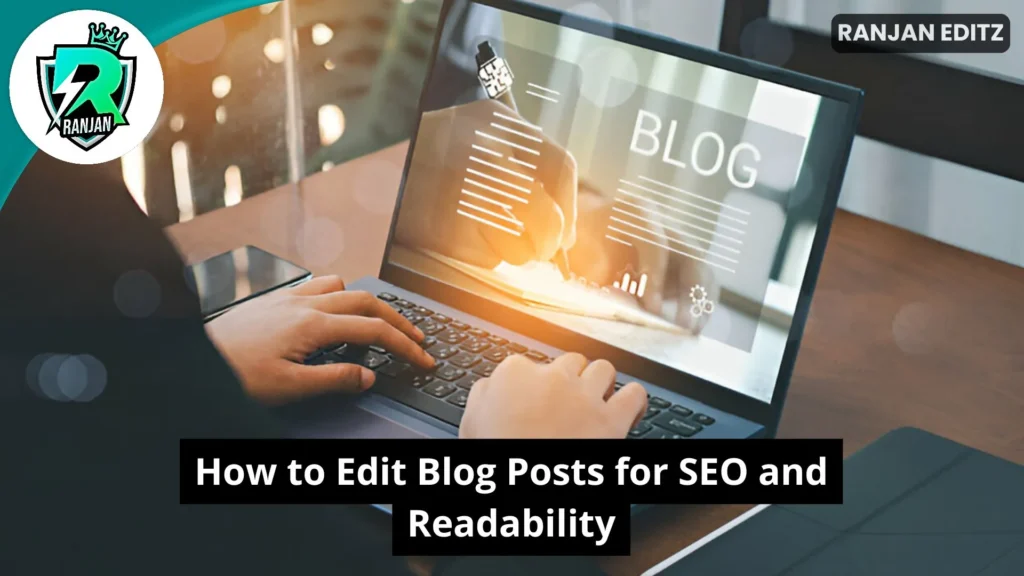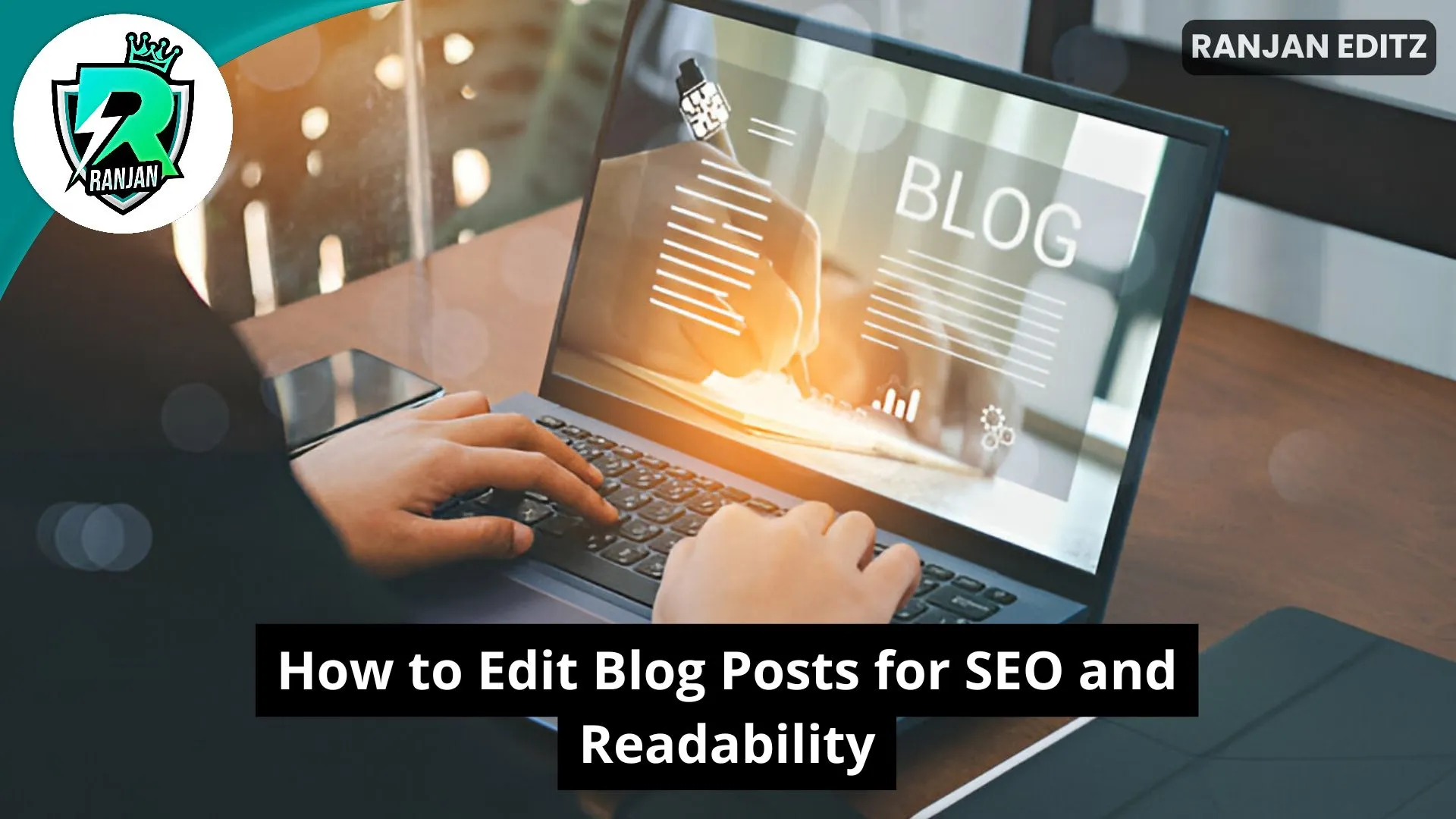The process of editing blog content remains vital because it enables content to rank well on search engines and deliver information that serves readers. SEO optimization and readability improvement of blog posts represent an issue which bloggers specifically together with content creators seek to address while working to enhance their articles. A proper editing process requires you to work on structure development as well as readability optimization and SEO implementation for content that serves both human readers and search engine algorithms.

Table of Contents
The Combination of SEO and Readability Strength
A thorough comprehension of SEO and readability importance comes first before learning about blog post editing. The incorporation of Search Engine Optimization techniques allows your content to achieve higher ranking positions on search engine results pages which drives natural traffic from search users. Readability prepares articles to meet the needs of audience members by providing content that everyone can understand without difficulty while maintaining value. Achieving a balanced absorption of SEO and readability principles creates the framework for effective blog posts.
Steps on How to Edit Blog Posts for SEO and Readability
1. Optimize Your Headline
Creating an interesting title with keyword integration stands as the initial approach in editing blog content to achieve SEO goals and improve readability. The headline should start with your chosen keyword followed by a strong statement that shows what the article covers. A better alternative to standardizing this type of content would be “Write Blog Entries for Effective SEO and Readability Through Clear Methods.”
2.Structure Your Content Properly
The correct arrangement of content elements creates both better readability experiences and better SEO performance. Break down your sections through proper use of headings which include H1 H2 and H3. User experience benefits from the use of bullet points together with subheadings and short paragraph divisions. The hierarchical order of content becomes easier for search engines to understand because of proper structure implementation.
3. Enhance Readability
Readability functions as an essential factor which sustains audience participation during reading sessions. Present your text using basic vocabulary and both short phrases as well as an active sentence structure. Avoid complex jargon unless necessary. Hemingway Editor and Grammarly serve as tools which evaluate readability scores by suggesting content improvements.
4. Use Keywords Strategically
Optimizing blog post editorial excellence requires targeting key phrases in the proper distribution throughout the content. Your focus keyword should appear:
- In the title
- Within the first 100 words
- In at least one subheading
- Naturally throughout the content
In the meta description and image alt texts
Keyword stuffing should be avoided since it creates content that is difficult to read and results in penalties from search engines.
5. Optimize Meta Descriptions and URLs
The optimized meta description should contain your essential keyword alongside a highly condensed overview of the content (working within 150-160 characters). A short descriptive URL containing the main keyword serves as the ideal option.
6. Improve Internal and External Linking
Links between site pages increase page traffic while making it easier for search bots to explore your website content. Links to authoritative external sources through your content enable better credibility perception. Open all links in separate tabs because this provides improved navigation to readers.
7. Optimize Images and Multimedia
Technology-based visual components help content become more interesting to read. Page speed improvements result from image compression and each file needs descriptive alt text that contains relevant keywords. Infographics and embedded videos serve simultaneously to enhance user participation and better search engine rankings.
8. Edit for Grammar and Spelling
Grammatical mistakes together with spelling errors reduce trustworthiness. The final stage should include complete proofreading either through automated tools such as Grammarly or verification from another person. Content that is well written creates superior readability while also adding trustworthiness to the material.
9. Ensure Mobile-Friendliness
Your blog post should be optimized for mobile viewing since mobile device users make up a substantial part of your audience. Your online content must use responsive features with proper text dimensions paired with simple yet obvious action commands.
10. Analyze and Update Regularly
The evolution of SEO trends needs freshly updated content to stay valid. Analyze your platform analytics to determine successful posts and apply new data insights when optimizing older content.

